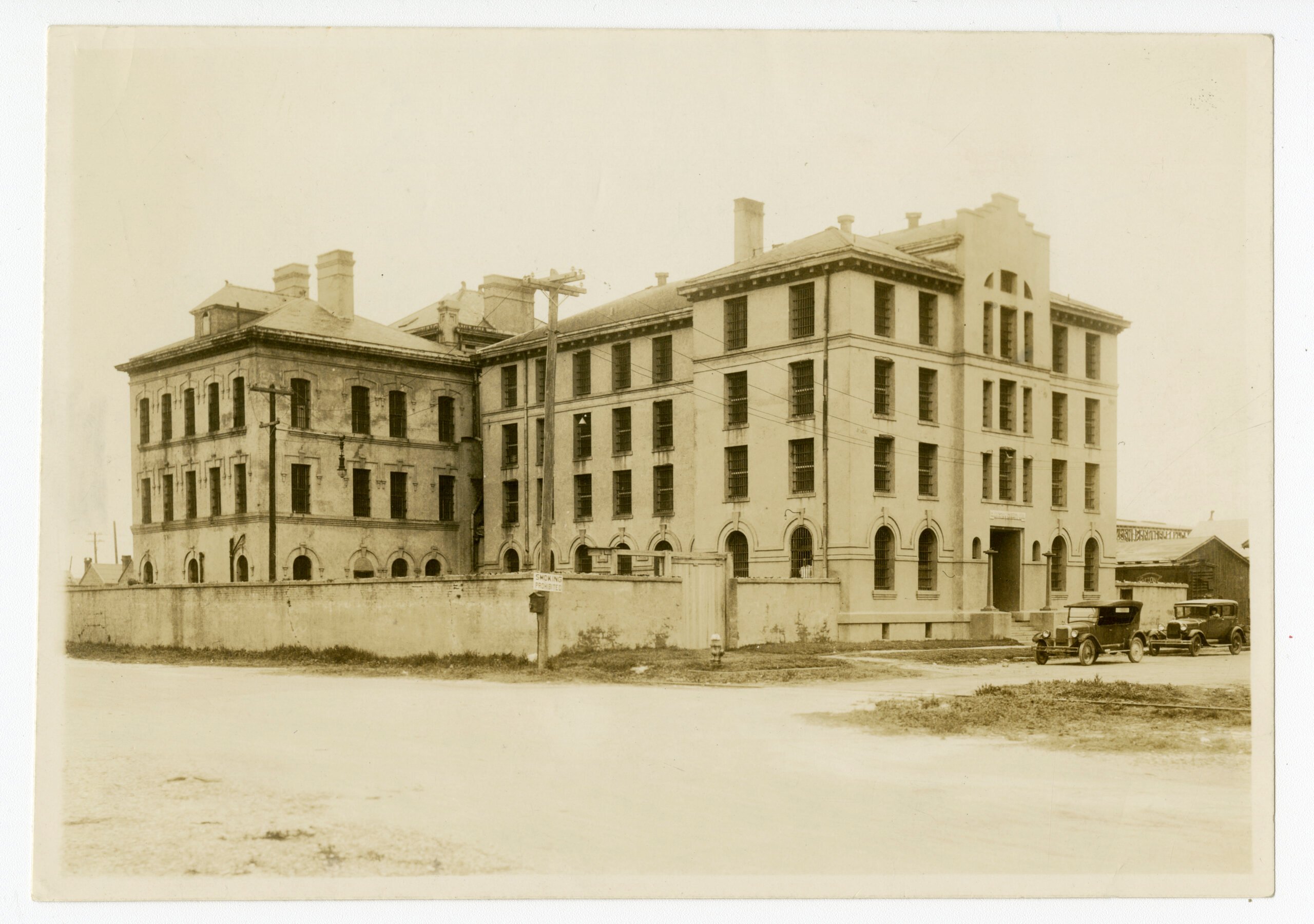A New Media Collaboration Documents 14 Deaths by Border Patrol Agents
In April, the PBS show “Need to Know” aired a shocking piece of video footage taken by a woman’s camera. In the grainy footage recorded at night on the San Diego-Tijuana border Anastacio Hernandez Rojas, a Mexican migrant, is repeatedly tased and beaten by a group of as many as 20 U.S. Border Patrol agents on the U.S. side of the border fence. Hernandez is lying face down on the ground his hands tied behind his back screaming in Spanish, “Help me, please, help me.”
“I think I witnessed someone being murdered,” Ashley Young, the woman who shot the video told “Need to Know.” Young had been crossing back into San Diego after sightseeing in Tijuana and heard Hernandez screaming. When the agents didn’t stop beating him, Young took out her camera and began videotaping the assault.
Hernandez died a few hours later. Afterwards, the San Diego Medical Examiner would label his death a homicide. The coroner’s report said Hernandez suffered a heart attack, had five broken ribs, a damaged spine and bruising all over his body.
Hernandez was killed in May 2010. Afterwards, the Border Patrol said that Hernandez had “become combative” and that batons and the stun gun were used to “subdue the individual and maintain officer safety.” The coroner’s report said Hernandez had amphetamines in his system.
No agents were charged for the assault, and the furor over Hernandez’s death largely subsided. After Hernandez’s death some very dark and grainy footage filmed by another witness was circulated on the Internet. In the footage you could hear Hernandez’s painful cries for help but see little of what was happening.
Frightened, Young never came forward with the footage she’d filmed of that evening. Fortunately, John Carlos Frey, a documentary filmmaker from California was able to locate Young and convince her to come forward with the evidence for the “Need to Know” segment aired in April.
Unlike other dark and grainy footage shot the evening of Hernandez’s death, Young’s footage shows clearly what went down that night. The ensuing public outrage has sparked a nationwide movement for reform and transparency in the U.S. Border Patrol, which in the last decade has become the nation’s largest law enforcement agency. And Hernandez’s case will now be scrutinized by a grand jury.
Since 9/11, Congress doubled the U.S. Border Patrol from 11,000 agents in 2007 to more than 21,000 by 2012. In the effort to find willing recruits, the Border Patrol deferred background checks and relaxed its recruitment standards. Little has been done by Congress, however, to ensure that agents act with transparency and do not abuse their power.
After the “Need to Know” show was aired in April, John Carlos Frey, along with the Investigative Fund at the Nation and the nonprofit Investigative News Network, of which the Texas Observer is a member, contacted us here at the magazine to ask if we wanted to collaborate with them on expanding the coverage of border patrol shooting deaths along the border. Being the resident border reporter, I quickly signed on. Another investigative news organization, the Investigative Newsource in San Diego, also jumped in.
Most surprising to me was that not even the advocacy organizations knew exactly how many people had been killed by the U.S. Border Patrol. There was no definitive list. U.S. Customs and Border Protection publishes Borderstat Violence Reports that list deaths for each fiscal year, but the agency redacts any identifying information. The reports are difficult to find and are not publicized.
We started with a list of eight known and fairly well publicized cases in the media and I began filing Freedom of Information Act requests. After receiving a FOIA document from the Office of Inspector General at the Department of Homeland Security, I found a few more cases. From 2010 to present we were able to tally 14 cases in total.
Most of the cases we uncovered were, not surprisingly, in Texas. Other than the highly publicized and tragic shooting of 15-year-old Sergio Hernandez Guereca in 2010 by an El Paso Border Patrol agent, many of these deaths in Texas only received a few words in local newspapers. In some cases the victims didn’t even have names and were simply referred to as “illegal aliens.”
One thing I discovered about Texas is that with the exception of the Border Human Rights Network in El Paso, there are no advocacy organizations looking into these deaths like there are in Arizona or California. With no prosecutions, no lawsuits and very little public scrutiny or oversight we have no idea whether their deaths were justifiable or not.
Also of note is that fatal Border Patrol shootings are now occurring at the northern border, with the expansion of agents along the northern border in the last five years. In rural areas, Border Patrol agents now staff 911 call centers and respond to domestic dispute calls and other incidents along with local police officers. In June, a 75-year-old man, Charles Robinson, was killed in Jackman, Maine, after allegedly shooting a Border Patrol agent responding to the domestic dispute call.
This is unprecedented territory for the agency and certainly something worth the scrutiny of Congress.
On Friday, the Texas Observer and other collaborators in the project will go live with a new web application listing the shootings that have occurred across the country since 2010. The web application will list their names, details about the incidents and when and where the shooting occurred among other things. Also, the same evening, PBS’ “Need to Know” will air its second episode of the series “Crossing the Line” on alleged abuses by Border Patrol agents. Here in Texas, the Observer will keep pushing on the cases we have identified. Just last week, another death was reported in Matamoros after a U.S. Border Patrol agent shot into Mexico killing 30-year-old Juan Pablo Santillan. The agent reported that someone flashed a gun on the Mexican side of the Rio Grande. Agents also reported that rocks were thrown at them. Santillan’s family says that he was collecting firewood.
If Congress doesn’t push for more accountability and scrutiny of the U.S. Border Patrol, Santillan’s death will become yet another statistic passed off without the investigation it deserves.


